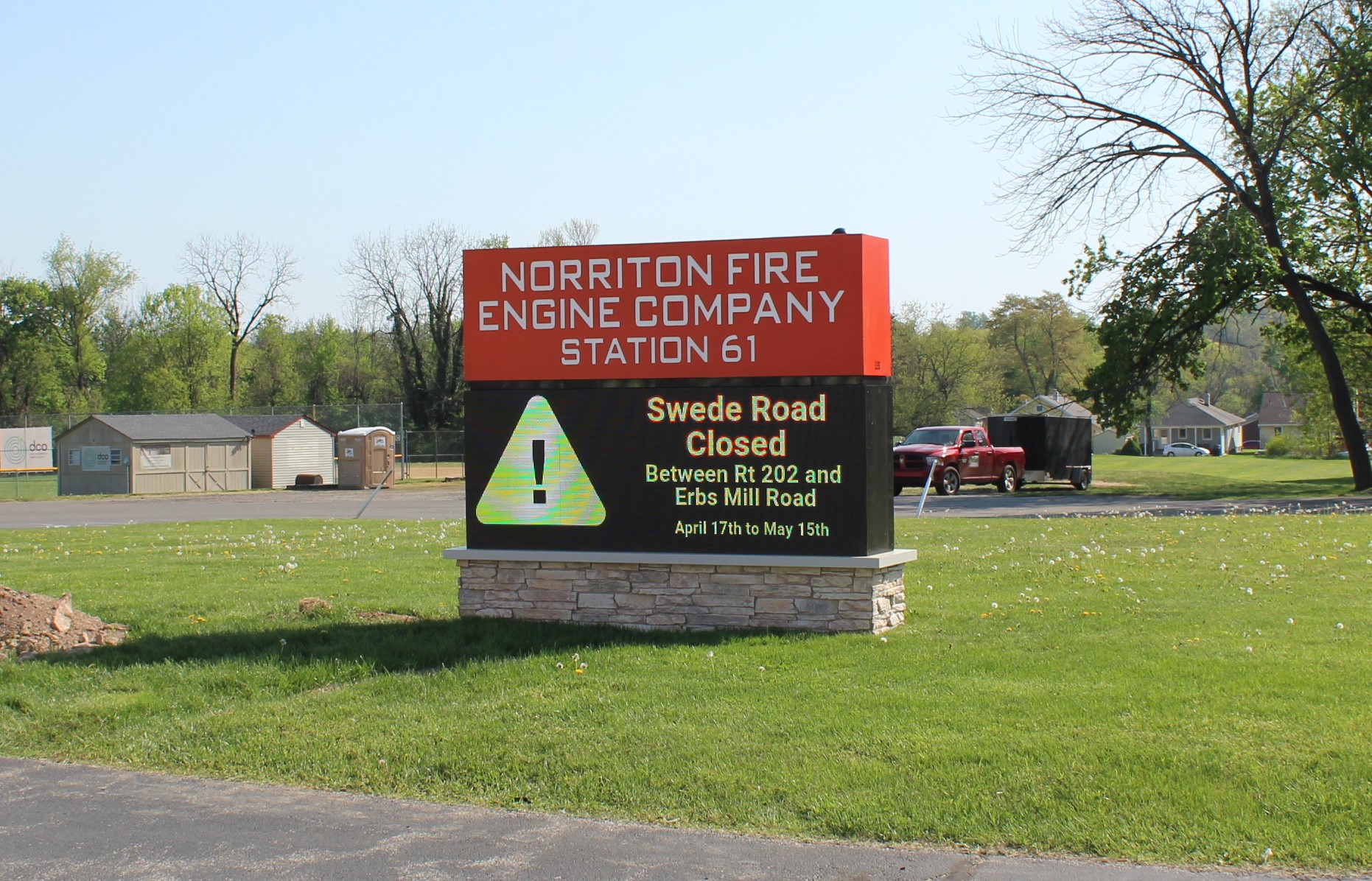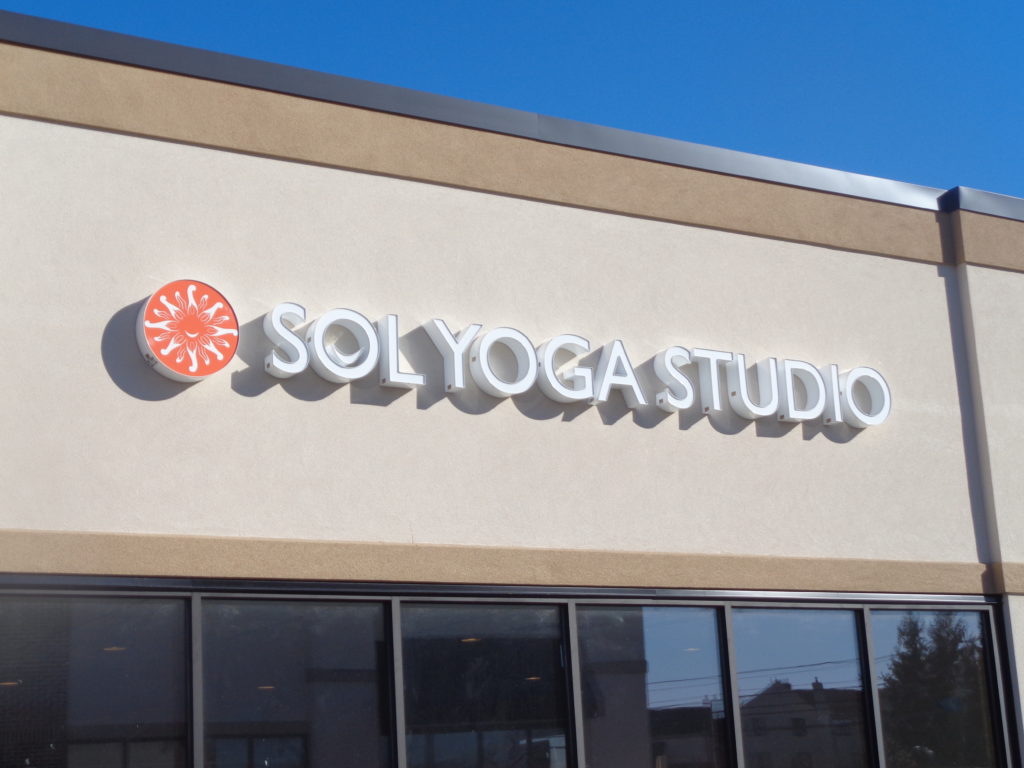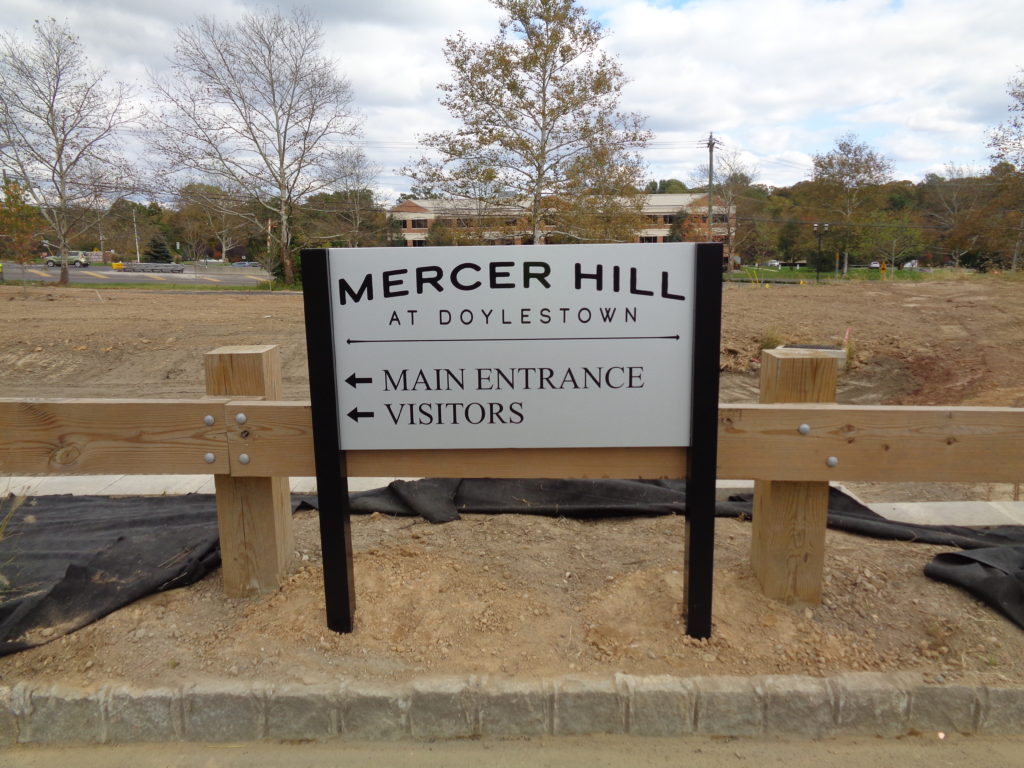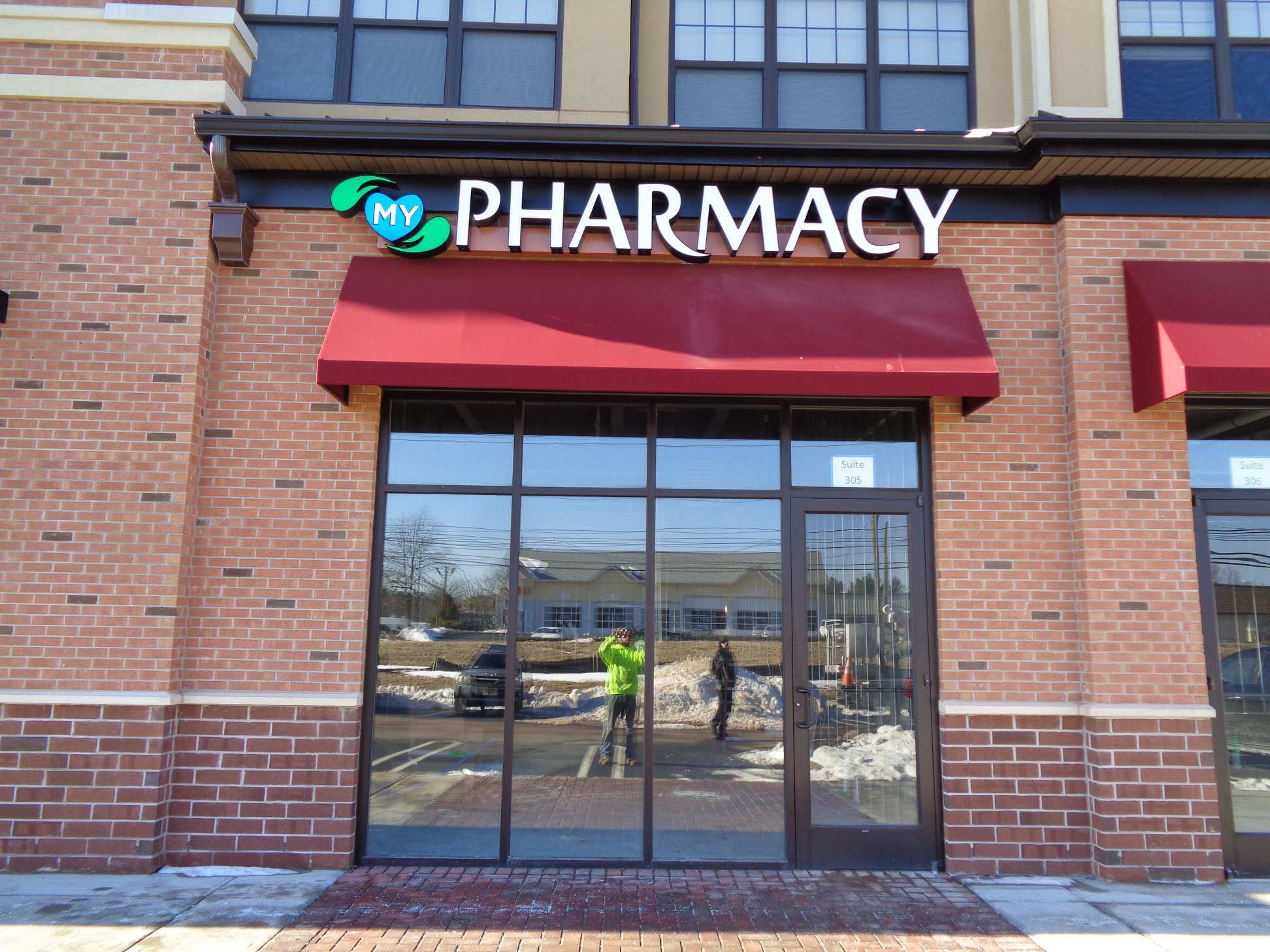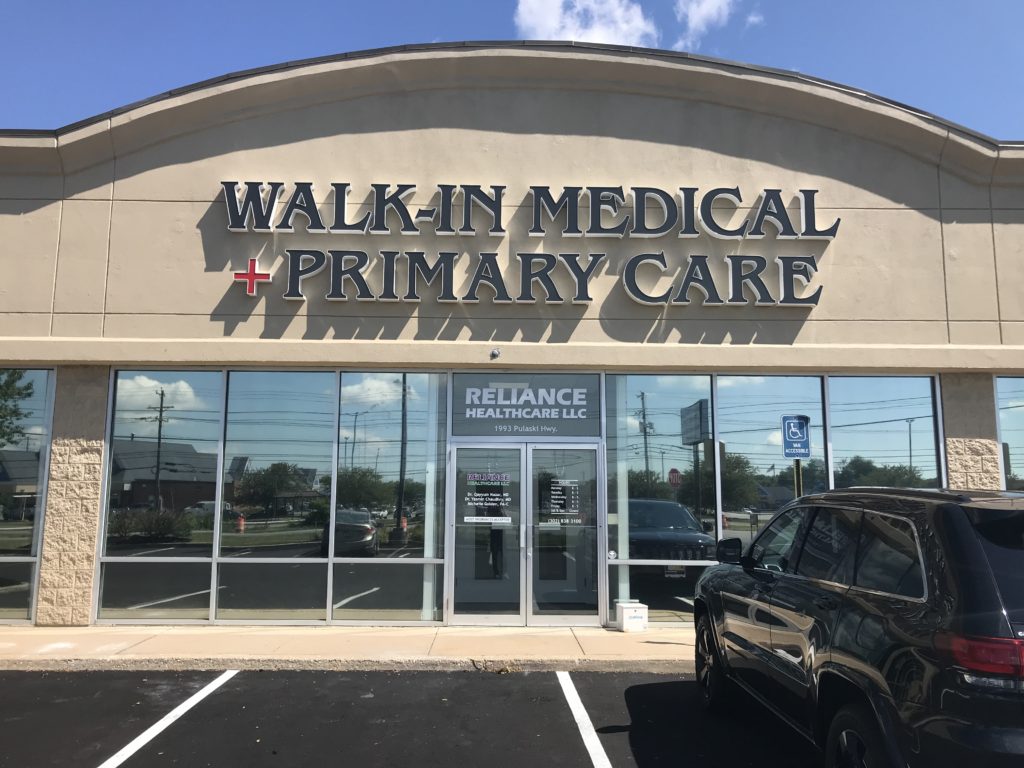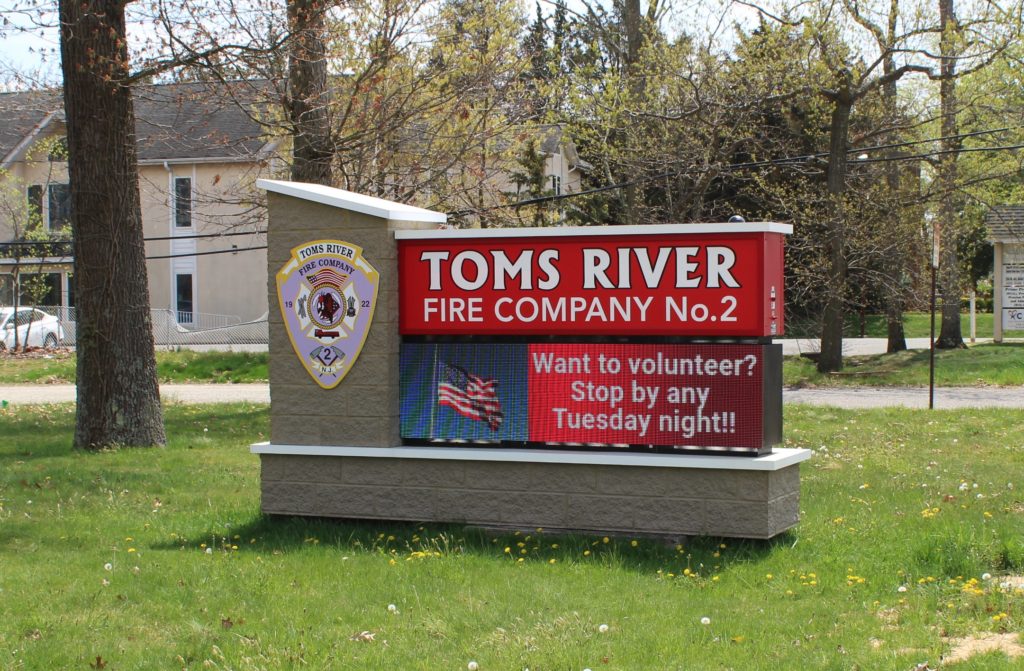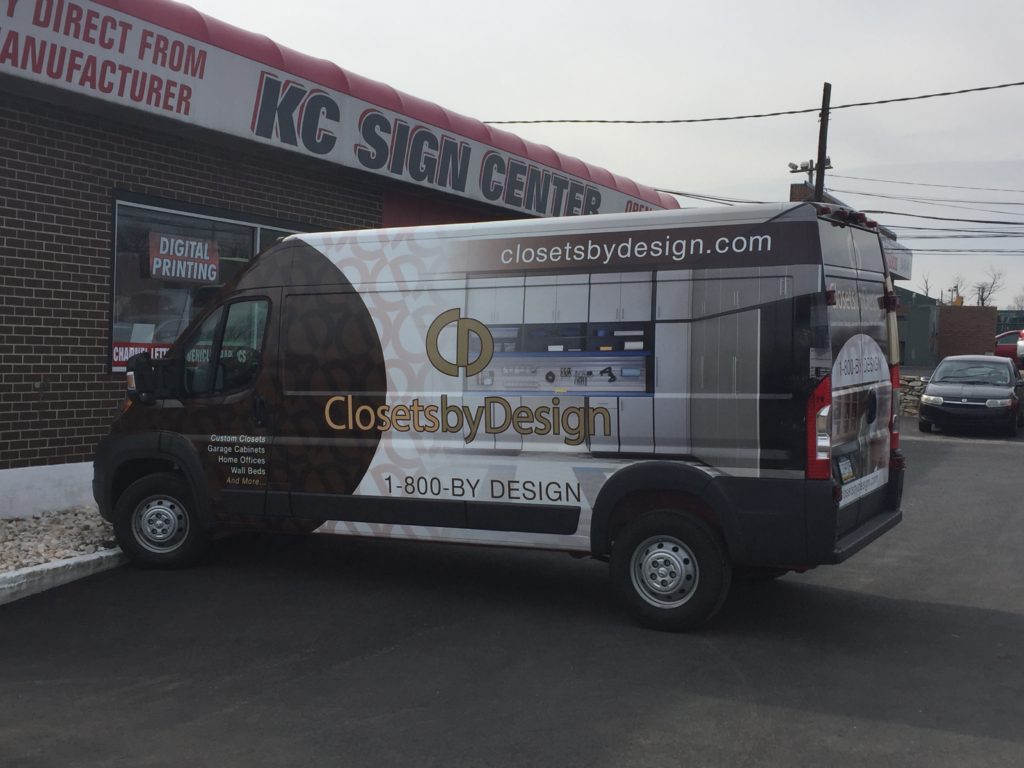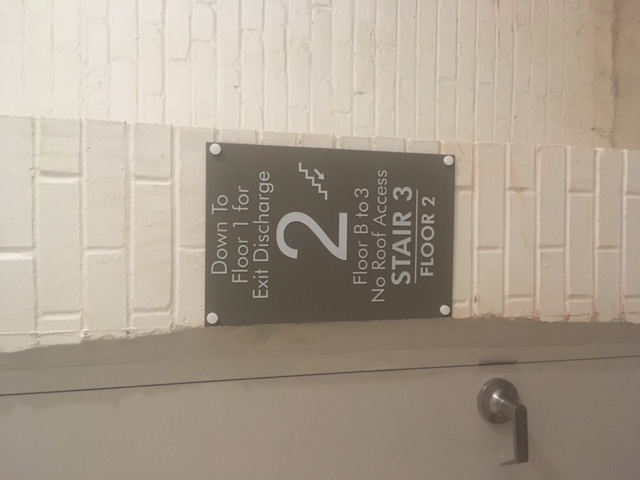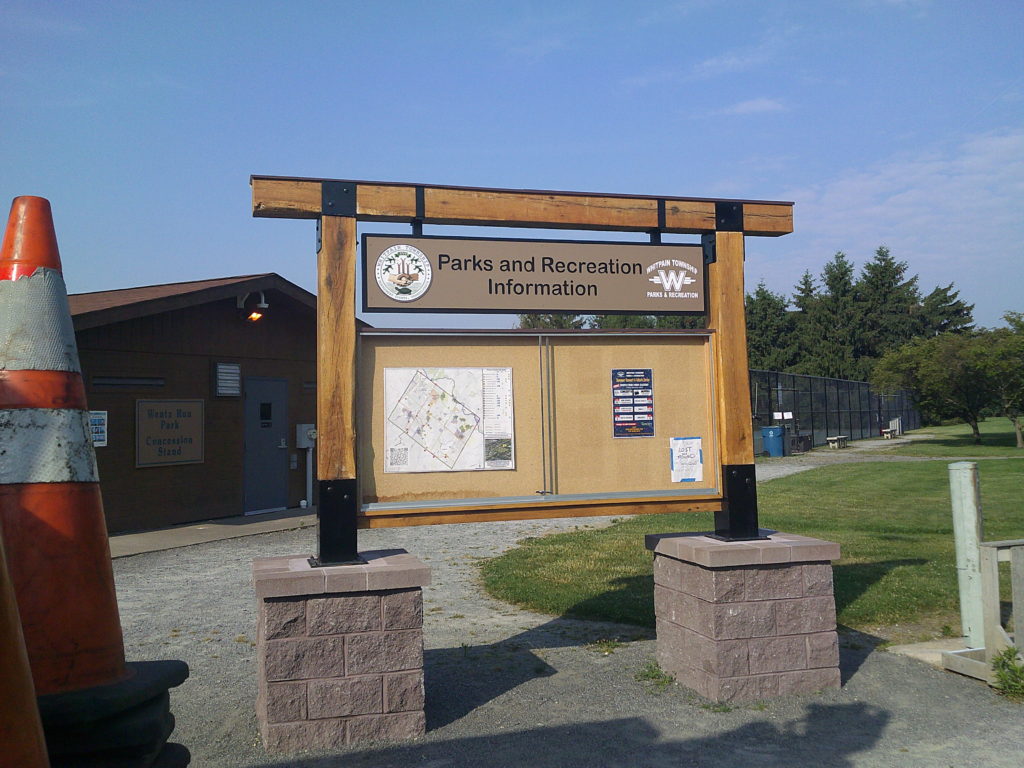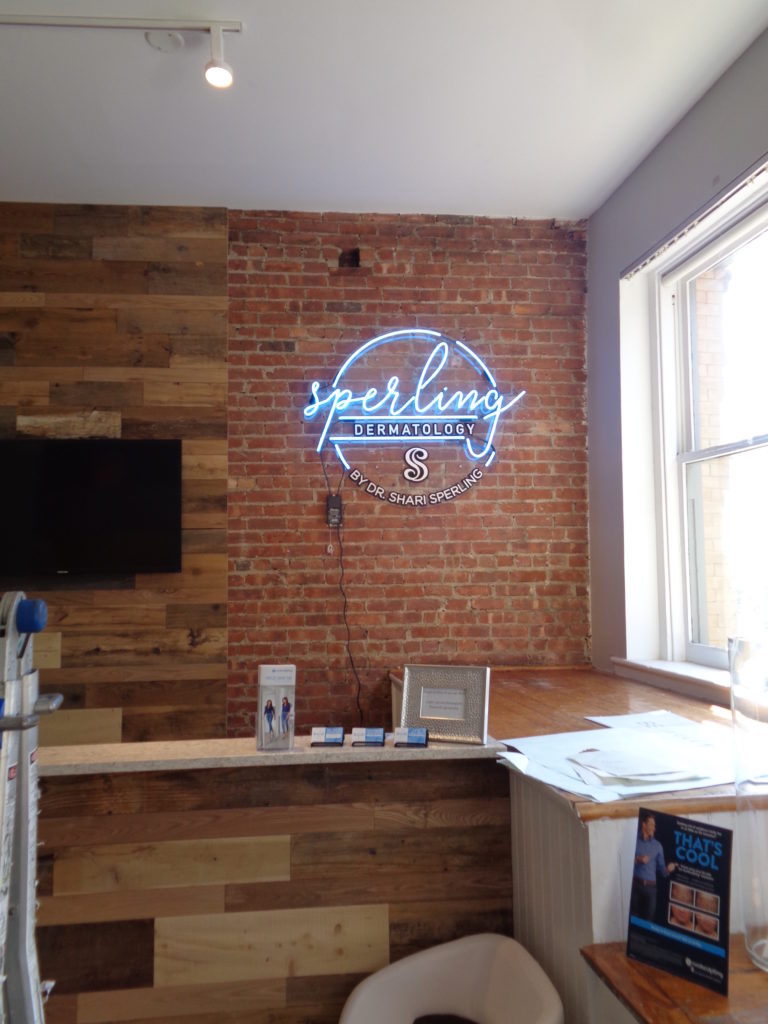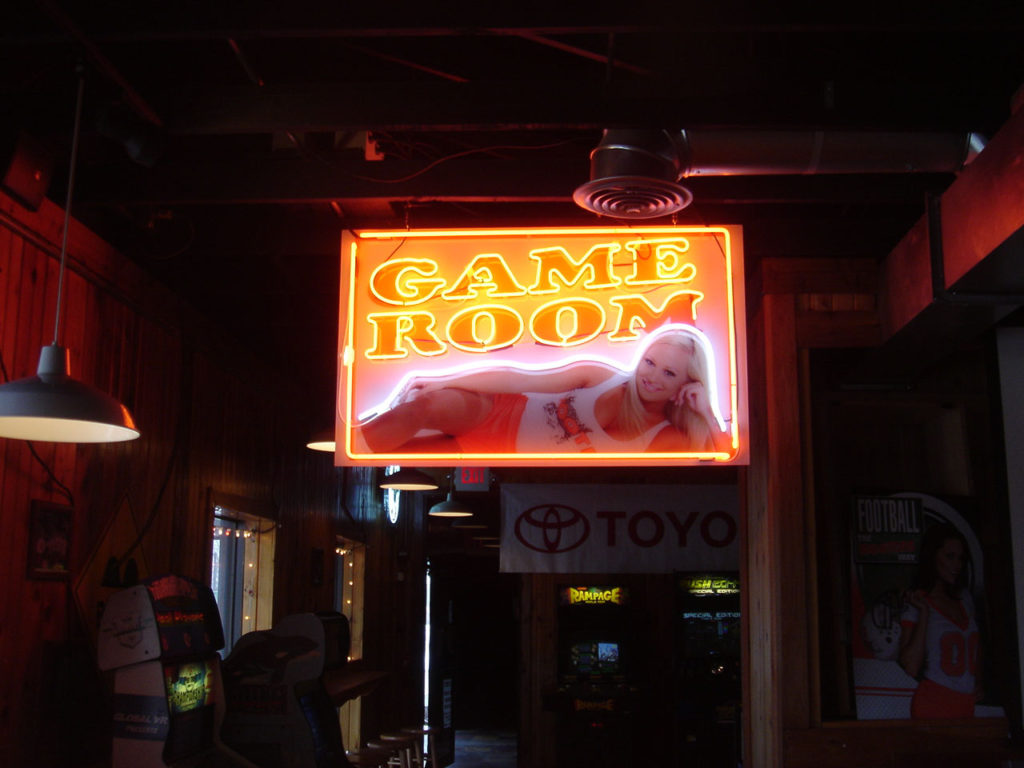Signage is a critical element of business branding and customer engagement, and like any industry, it evolves with the times. Staying informed about the latest trends can help businesses stay competitive and connect with their audiences more effectively. In this blog, we’ll explore the top signage trends for 2025 and how you can incorporate them into your business strategy.
Trends to Watch
- Sustainability: As environmental consciousness grows, businesses are seeking eco-friendly signage options. Materials like recycled aluminum, biodegradable plastics, and energy-efficient LED lighting are gaining popularity. Sustainable signage not only helps the planet but also resonates with environmentally conscious consumers.
- Dynamic Digital Displays: Digital signage continues to dominate, offering businesses the ability to update content in real-time. From showcasing promotions to providing live updates, digital displays are versatile and engaging. They’re especially effective in retail and hospitality sectors, where dynamic content can capture customer attention.
- Minimalistic Designs: Simplicity is key in modern signage. Clean lines, bold typography, and minimal use of colors create a sleek, professional look. Minimalistic designs are not only visually appealing but also ensure the message is clear and easy to understand at a glance.
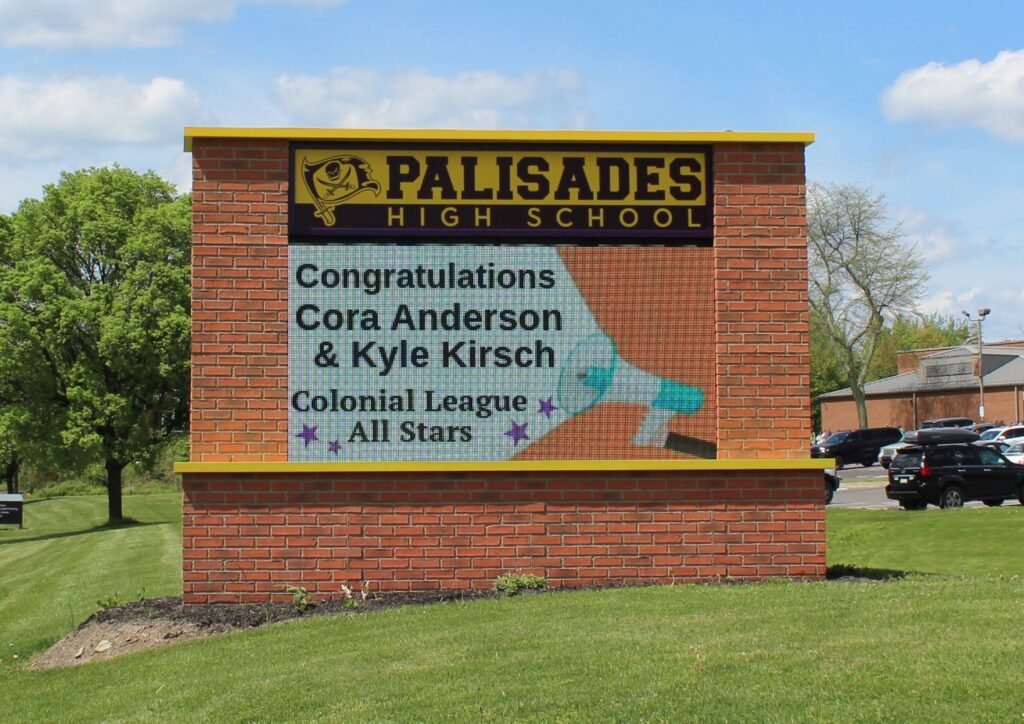
How to Incorporate Trends
- Assess Your Current Signage: Start by evaluating what’s working and what needs improvement. Identify opportunities to upgrade to modern materials or digital formats.
- Set a Budget: Determine how much you can invest in new signage. Digital and 3D options may require a higher initial investment but often deliver a strong ROI.
- Work with Professionals: Collaborate with signage experts to design and implement solutions that align with your brand and business goals.
The signage landscape is constantly evolving, and staying ahead of the trends can give your business a competitive edge. Whether it’s embracing sustainability, leveraging digital technology, or experimenting with interactive elements, there’s a trend for every business. Ready to update your signage? Contact us today to discuss how we can bring these trends to life for your brand.

